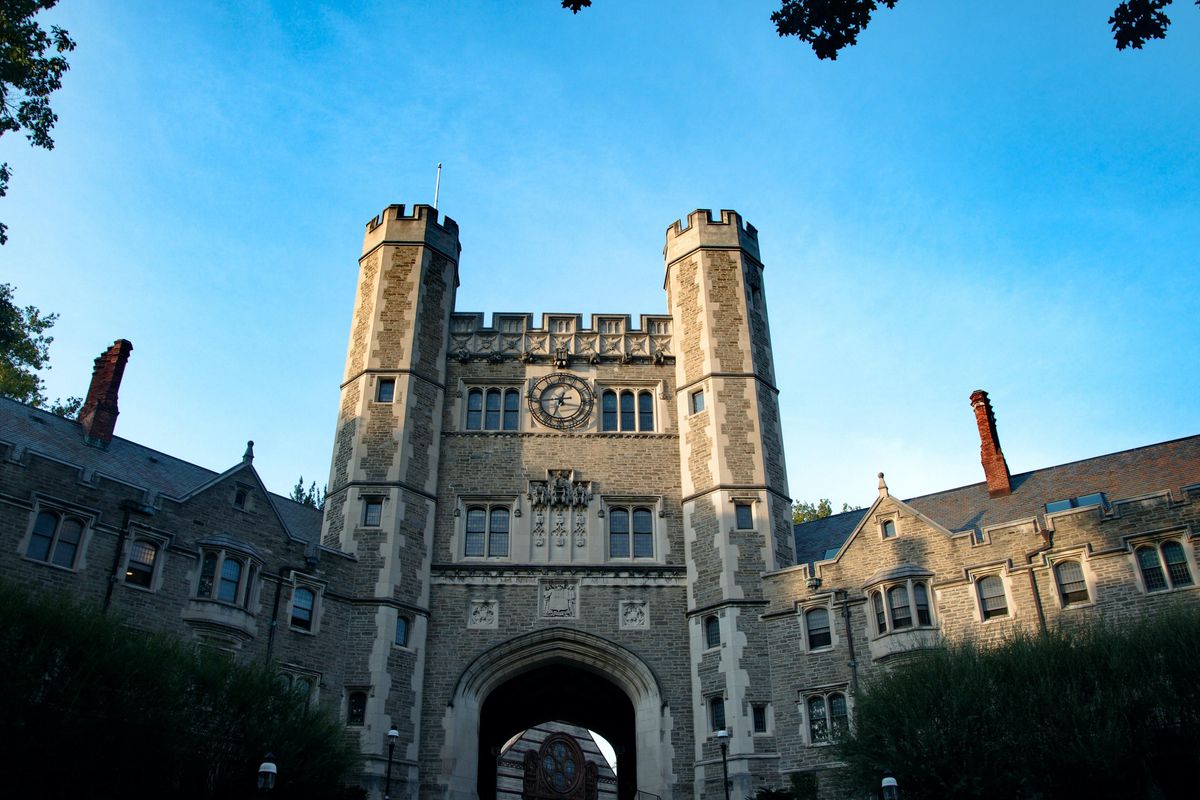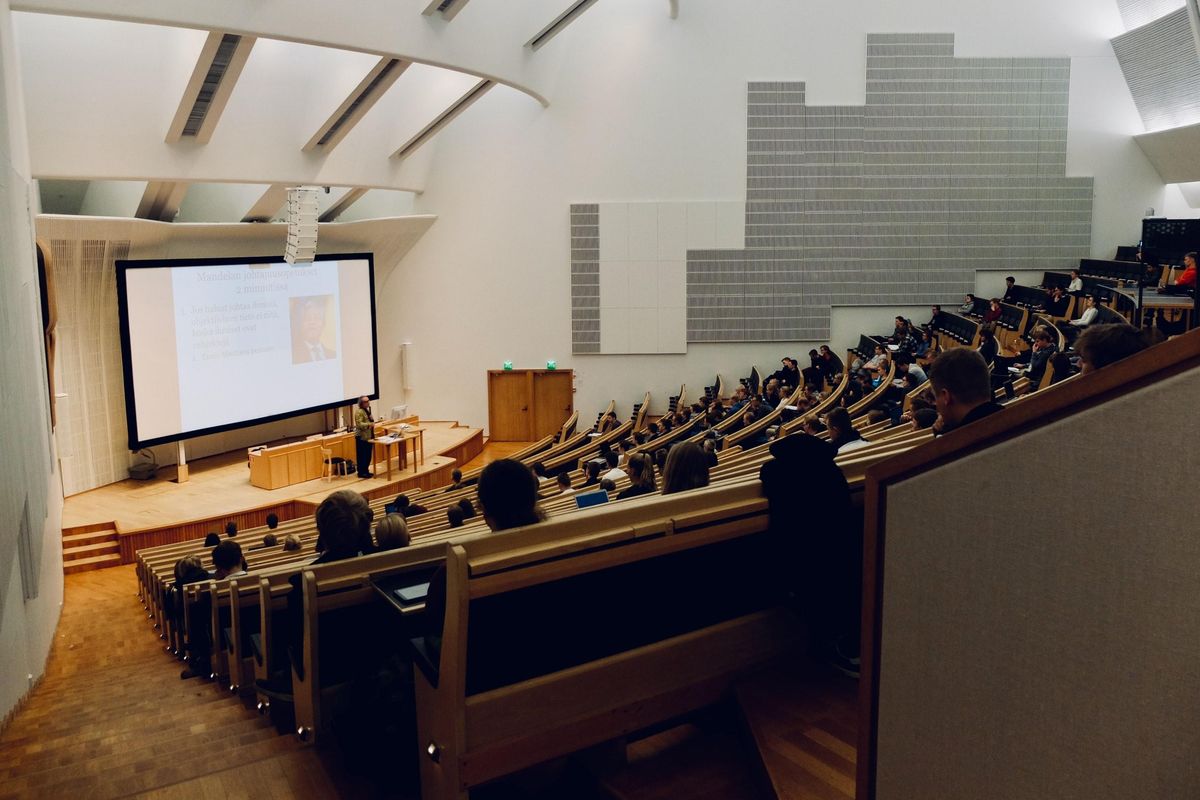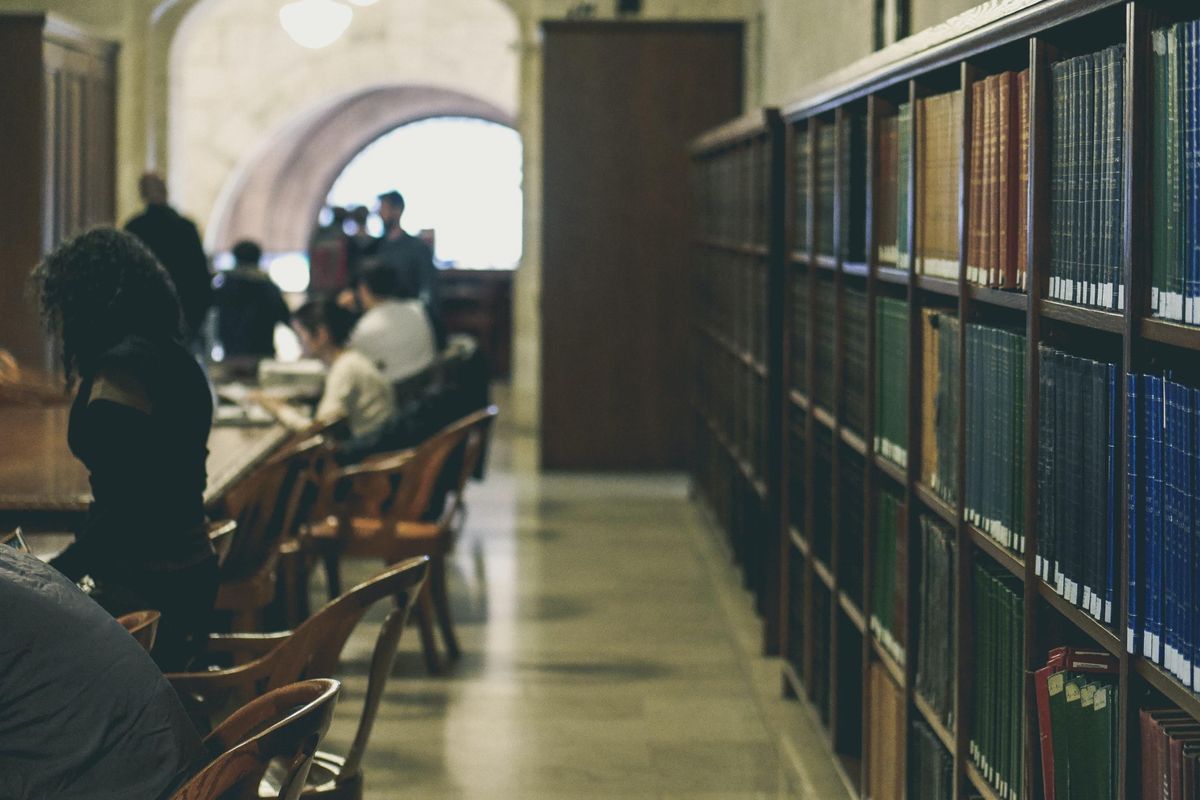Princeton just made college more affordable by ditching student loans and covering tuition
This sounds radical but it's actually life-changing for students who qualify.

Princeton just made college more affordable.
Many parents know the excitement and apprehension that comes with college application season. We encourage our children to reach for the stars and then sticker shock sets in when they get into their dream school. It's a feeling that will quickly apply the gravity of Jupiter onto any excitement you might have been feeling as a parent, but Princeton, an Ivy League university, is about to change lives. The prestigious school recently announced that it has removed student loans from its financial aid packages and will cover the tuition including room and board for students whose families make less than $100,000 a year.
Whoa! This is huge news, but this isn't the first time Princeton has done something like this. Even before announcing this monumental change, it has granted free tuition for students from families making less than $65,000. The income limit increase will allow the school to help more families afford a higher education. Granted, most kids applying for college won't qualify for entrance to the school due to its highly competitive admissions process. But there are plenty of teens that do qualify and can't attend because the price tag isn't always covered completely by financial aid and scholarships.
 Photo by Dom Fou on Unsplash
Photo by Dom Fou on UnsplashThe current cost of attendance at Princeton for the 2022-2023 academic year is $79,540, which includes room, board and miscellaneous fees. On average, college costs between $11,631 to $28, 238 per year for a public university depending on whether the student is considered in-state or out-of-state. For a private college, the average cost is $43,775. The price difference between Princeton and the average cost of tuition is staggering, but it's Princeton, one of the most prestigious colleges in the United States.
Princeton eliminating the option for student loans in 2001 and now providing a free education for qualifying students will help them graduate without any college debt, likely changing the course of the students' lives. The average student loan borrower owes more than $30,000 in student loans, which has been shown to affect their ability to purchase homes and increase their personal wealth. Eliminating school debt for students from low and middle class households will allow for upward mobility and an easier path forward to building wealth.
But Princeton isn't the only school that took the option for student loans away and offered up free education. Colgate University announced in 2021 that it would do away with what some call predatory student loans and replace them with grants funded by a $1.3 billion endowment. The private New York college also made tuition free for students whose families make $80,000 a year or less.
 Photo by Davide Cantelli on Unsplash
Photo by Davide Cantelli on UnsplashColleges are hearing the concerns about the amount of student debt people have to take on—an issue that causes some people to opt out of college altogether. Yale, Amherst and Harvard have also cut loans from their financial aid packages, vowing to work with parents to provide enough aid through grants that loans won't be needed. If more schools take this approach we could eliminate the normalcy of graduating with mountains of student loan debt that seems to grow no matter if you make timely payments or not.
Sure, it's Princeton and other Ivy League schools that are using their deep pockets to give their students the best start, but if they can do it, what's stopping other schools from reworking their numbers? Student loan debt relief shouldn't begin and end at elite universities. Taking a hard look into the student loan crisis and finding tangible ways to address it at the colleges themselves could lead to an economic shift in the future. Hopefully other colleges continue to take note.
- 'Disaster Girl' sells meme for nearly $500000 to pay off student loans ... ›
- Her mom was helping pay off her student loans. When she passed ... ›
- TikTok user breaks down about student loan in viral video, highlights ... ›
- Activists pool funds to pay off $10 million in student loan debt - Upworthy ›
- Woman shares harrowing story of student loan debt doubling after her mom passed away - Upworthy ›

